How a French family business
is redefining metal manufacturing
How a French family business is redefining metal manufacturing
In the heart of Roubaix, northern France, a family-run company with over 60 years of machining excellence is reshaping the future of industrial metal fabrication. Gary Mécanique, founded in 1962, has long embraced technological advancement — from early CNC adoption in the 1970s to high-precision 5-axis machining today.
Now, in its latest evolution, the company is pioneering the use of robotic metal additive manufacturing with Meltio’s wire-laser DED technology — enabling the creation and repair of large, complex metal parts with unmatched flexibility and control.
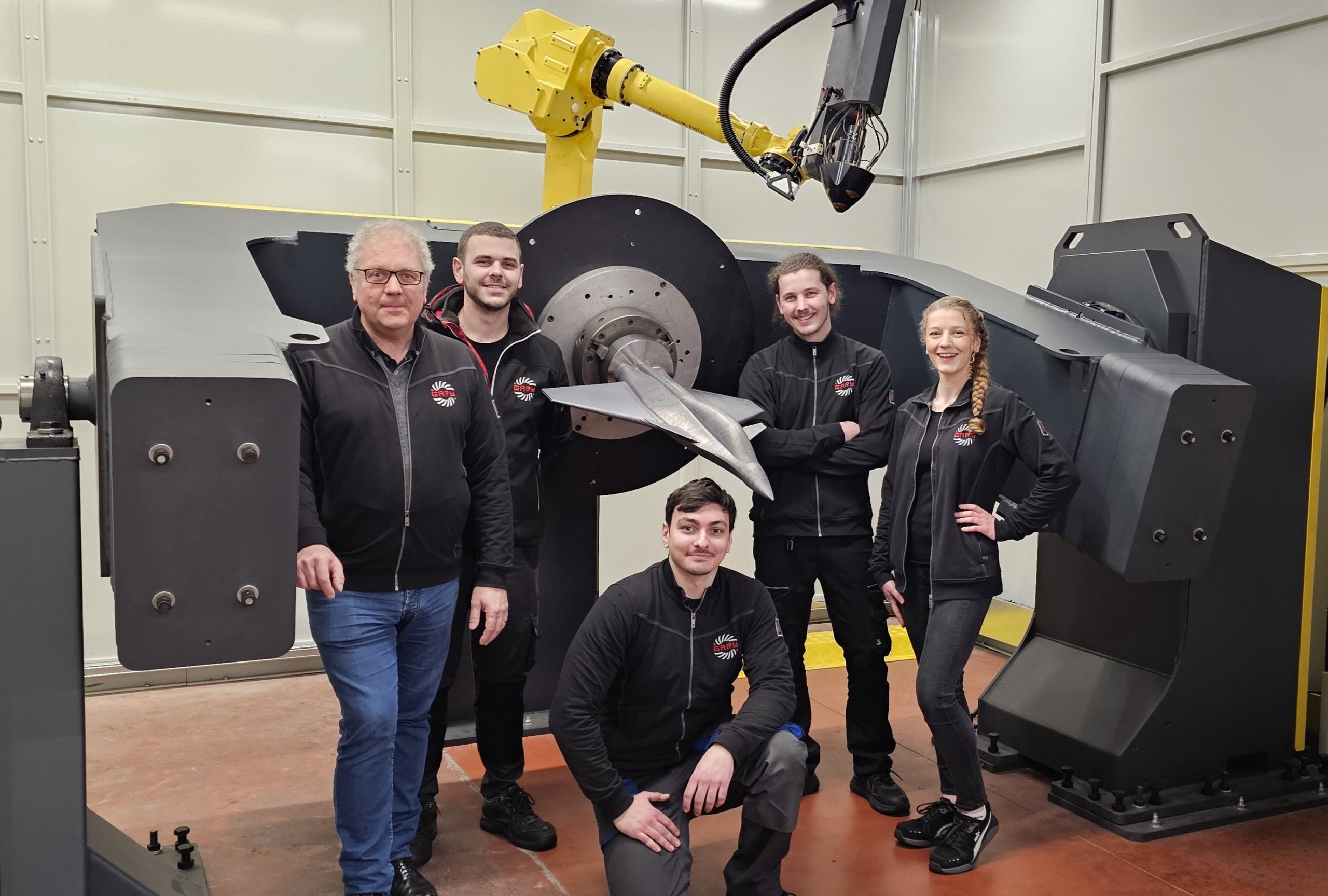
Gary Mécanique, who explains in a recent interview that appeared in Primante 3D magazine his experience with metal additive manufacturing (AM) technology from the disruptive multinational Meltio.
A growing demand for complexity and speed
The industrial sectors Gary Mécanique serves — from defense and energy to automotive and aerospace — increasingly demand parts that are larger, more geometrically intricate, and faster to produce. Traditional processes like casting and welding come with high costs, long lead times, and rigidity in design. That’s where metal 3D printing, and specifically wire-laser DED, comes in.
“We wanted a solution that would allow us to produce large, custom parts internally — without the overhead of tooling, molds, or external delays. Meltio’s technology, combined with robotic freedom, gave us exactly that.”
To remain competitive and future-ready, Gary Mécanique needed a solution that would allow:
Large-format part production without traditional casting constraints
Precision near-net-shape fabrication to reduce machining steps
In-house, cost-effective repair and rework operations
Material and geometry versatility without extensive retooling
Material versatility meets geometry freedom
The company adopted Meltio’s wire-laser DED technology by integrating the Meltio Engine with a 6-axis Fanuc robot and a custom 2-axis positioner, allowing up to 8 degrees of freedom. This setup enables printing in 3-axis, 5-axis positioned, and 5-axis continuous modes — ideal for parts with complex geometries.
Materials
Compatible with various wires, including 316L stainless steel and ER70S6 steel
Capability
Parts up to 2 meters in diameter and 2 tons in weight
Versatility
Enables full part production, hybrid manufacturing, and component repair
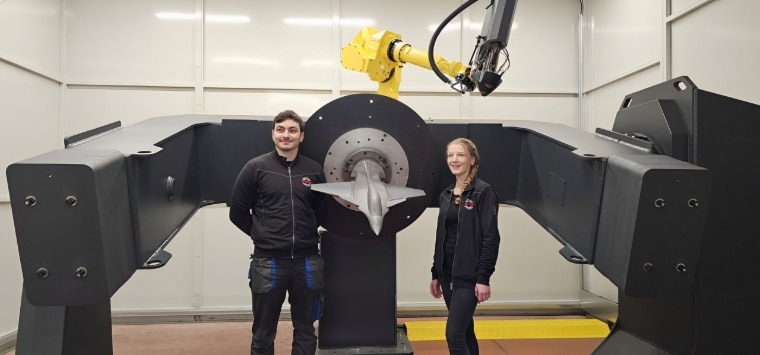
“We can now manufacture or repair parts up to 2 meters in diameter, 1.6 meters tall, and weighing up to 2 tons. This opens up a completely new scale of production for us.”
Meltio’s wire-laser technology (WLAM) allows the use of readily available, clean metal wire — from 316L stainless steel and ER70S6 steel to Inconel and even titanium or gold. Gary Mécanique has been using this to produce parts previously deemed impractical or expensive to fabricate traditionally.
Maximum flexibility
Reduced waste
On-demand production
Improved efficiency
Verified quality
Multi-material
Meltio 3D Printing Solutions
Unlock the potential of metal 3D printing with Meltio. Your journey starts here.
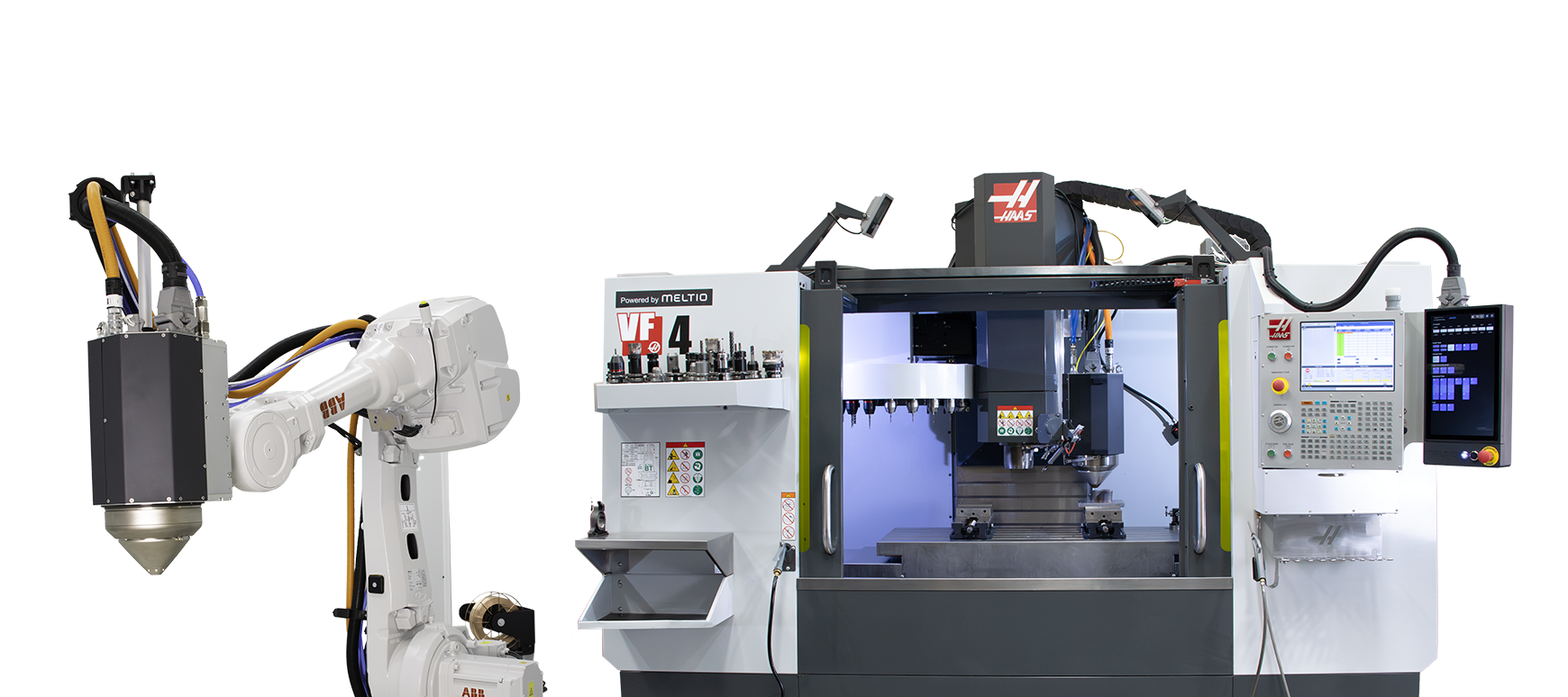
Meltio 3D Printing Solutions
Unlock the potential of metal 3D printing with Meltio. Your journey starts here.


3-blade propeller
Mild Steel ER70-S
Printing Time:
16 hours
Size:
Ø 570 mm
These parts are normally produced in a foundry, so there are all the costs associated with this means of production (operator, mold, furnace, etc.). The parts are produced in best fit so that only a possible polishing is required.
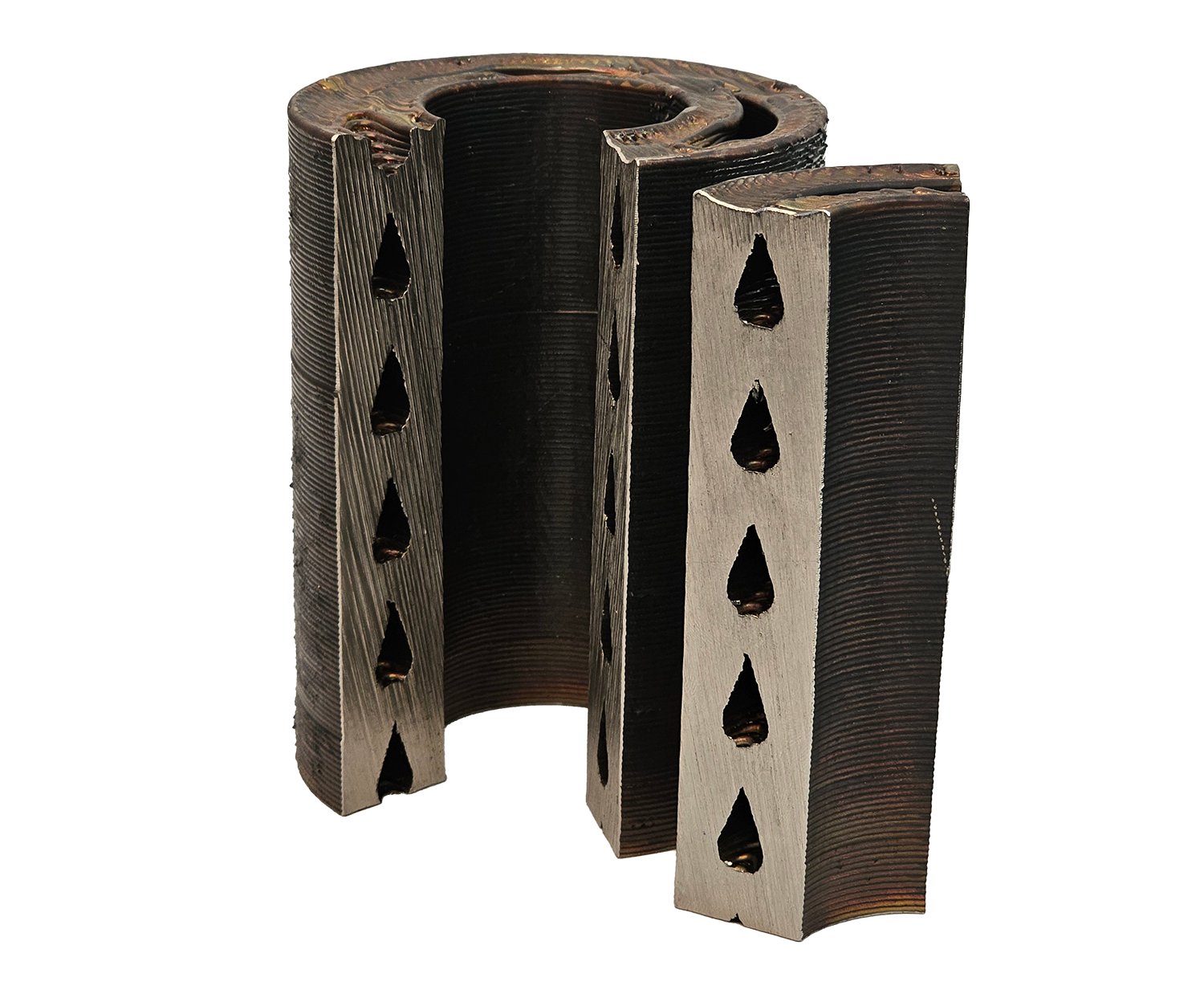
3 helical cooling channels
SS316L
Printing Time:
18 hours
Size:
Ø ext. 100 mm, H 130 mm, Ø drop 10 mm, th. 30 mm
Part produced solely by additive manufacturing, easy to produce while allowing internal cooling and reduced mass.
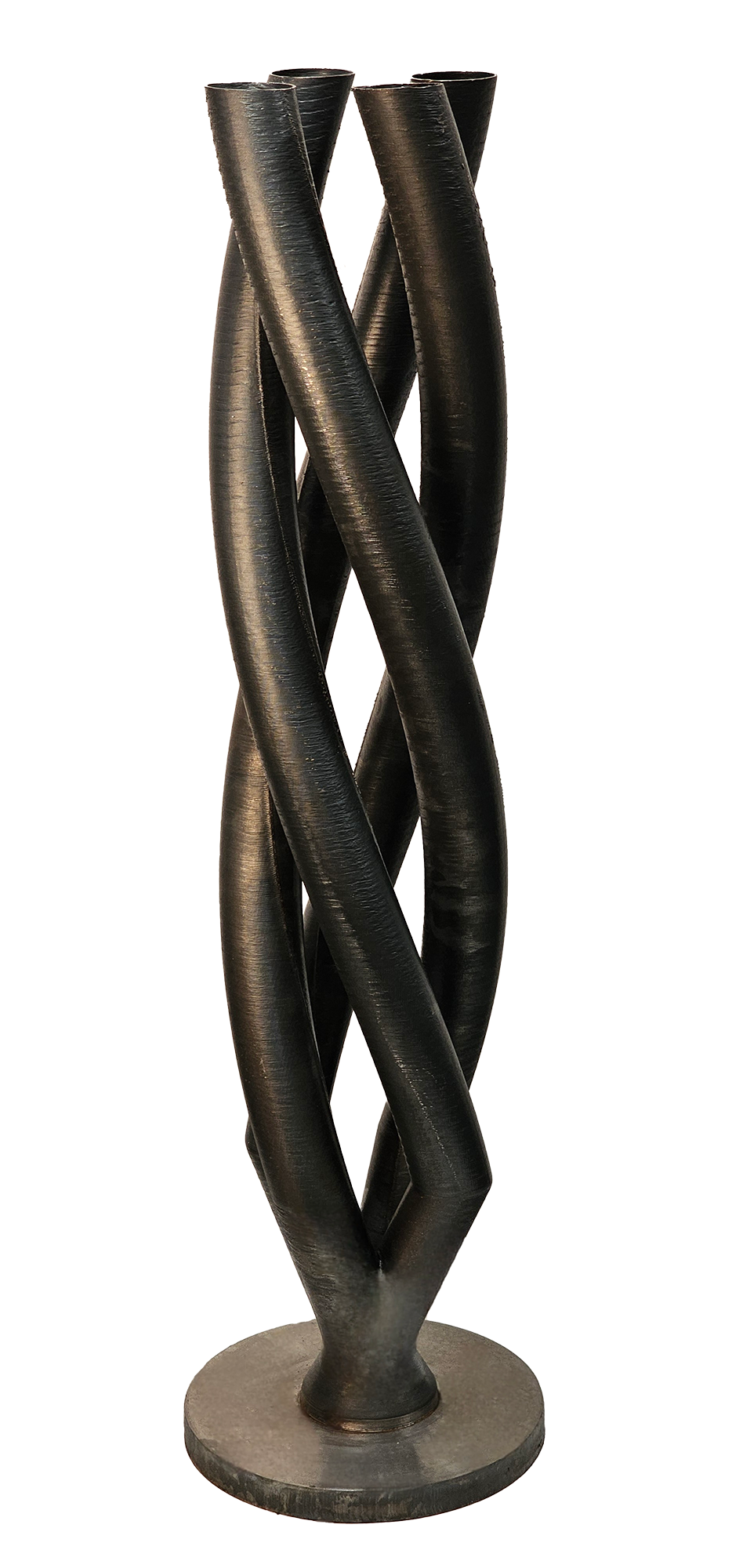
Spiral pipes / exhaust pipe
SS316L
Printing time:
84 hours
Size:
H 1000 mm
In metal additive manufacturing, these parts are produced with total flexibility, without the constraints of specific tools and fixed machines. Traditional methods such as welding, bending, or stamping are rigid and poorly adaptable to variations in geometry.
More than just manufacturing
One of the standout advantages for Gary Mécanique has been repair and rework. The Meltio setup allows existing parts to be reloaded into the machine for localized rebuilding — avoiding full remanufacturing. This not only cuts down cost and downtime but also contributes to a more sustainable production model.
And thanks to the near-net-shape capabilities of the DED process, machining time and material waste are significantly reduced.
“One common fear is mechanical strength,” says Justine. “But Meltio’s technology undergoes rigorous testing — tensile, fatigue, tomography — ensuring the parts meet or exceed industrial requirements.”
A vision for the future
With Meltio’s wire-laser DED technology and robotic integration, Gary Mécanique has set a new benchmark for agility, precision, and scalability in metal manufacturing. The company continues to combine its traditional machining roots with cutting-edge innovation — delivering tailored, high-performance parts for a rapidly evolving industrial landscape.
“This isn’t just about technology — it’s about independence, flexibility, and pushing creative boundaries. Meltio is helping us make that possible.”
Want to know more about printed parts properties?
Want to know more about printed parts properties?
